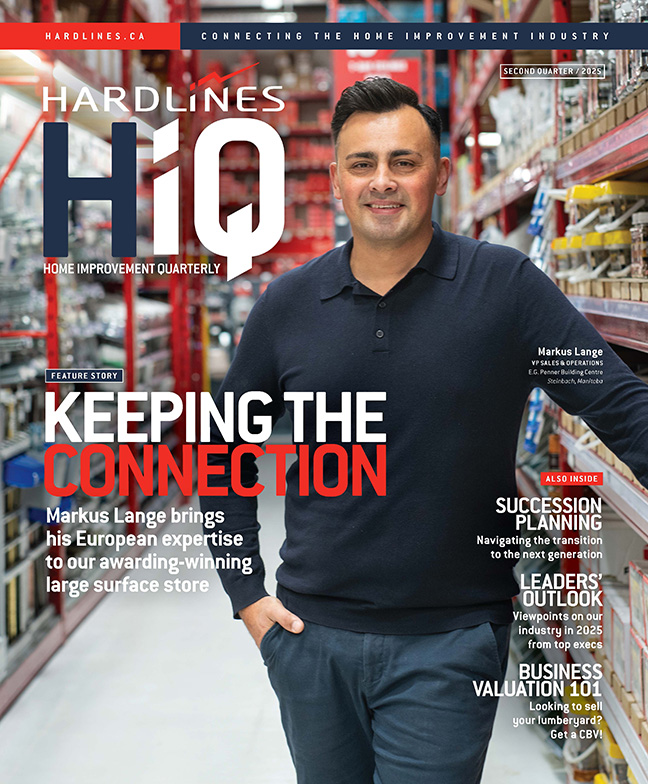There’s no doubt that managing HR documentation can be complex and time-consuming. But it is non-negotiable.
Kiljon Shukullari, HR Advisory manager at Peninsula Canada says, “Without the right HR paperwork, businesses risk incurring costly legal issues, have inefficient HR processes, and can end up in complex employee situations.”
Summer season is here and that means businesses are ready to hire seasonal employees to assist with the additional workload. This makes having the right documentation even more important and employers should be familiar with the law and best practices on hiring seasonal workers.
Although seasonal employees are typically hired for a few months, they are protected under provincial employment standards legislation. Employers have the same obligations towards their temporary seasonal staff as they do towards permanent full-time employees.
Do seasonal employees need employment contracts? Yes, it is a good practice to provide job contracts to your seasonal staff. Employment contracts set clear job expectations, protect both the employer and the employee, and minimize risk of legal disputes.
Job contracts for seasonal staff are important for:
Setting clarity and expectations. Contracts provide important job details such as job description, working hours, wages, and the duration of the employment. This reduces risk of misunderstandings, conflict, and litigation.
Legal protection and compliance. Contract provisions and important clauses, such as termination clauses, non-compete clauses, and confidentiality agreements protect the interests of both parties and ensure legal compliance.
Terms and conditions. Contracts provide clarity on specific terms and conditions for seasonal work, such as the start and end dates. They can also include other details related to overtime pay, benefits, statutory holiday pay, etc.
“Employers in Ontario with 25 or more employees should note that the upcoming new requirement for written employment statements in the province also applies to employers hiring seasonal staff.”
Mandatory Written Employment Statements in Ontario. From July 1, 2025, employers in Ontario with 25 or more employees will have to provide mandatory written statements to all new hires. The written employment statements should include the following information:
- Employer’s legal name and operating/business name (if different).
- Employer contact details, including address, phone number, and contact names.
- Anticipated work location.
- Employee’s starting wage rate (whether hourly or salary).
- Applicable pay period and pay day.
- General description of initial hours of work.
Non-compliance with this new rule may incur fines and penalties.
Ensuring you provide the right HR documentation to your seasonal employees will help you protect your business, minimize legal risks, and build a strong brand.
Some best practices for hiring seasonal staff include writing clear and detailed job descriptions, ensuring you provide new hires with job-related health & safety training, provide proper PPE, and offer competitive pay aligned with industry standards.
A global leader in HR and health & safety consulting, Peninsula has been supporting small and medium businesses for 40 years. We are trusted by over 140,000 SMBs globally. In Canada, we helped over 6,500 SMBs with tailored HR documentation, 24/7 employer advice, and provide employment management software. We pride ourselves on delivering a service that mitigates risk, adds value, and allows businesses to focus their time on what matters most.


 AI is increasingly being embraced and adopted by executives, according to the annual AI at Work Report, released by Globalization Partners (G-P).
AI is increasingly being embraced and adopted by executives, according to the annual AI at Work Report, released by Globalization Partners (G-P).
 Finding and retaining top-tier sales talent can be complicated. According to Wolf Gugler, a veteran recruiter with over 30 years of experience in the home improvement sector, organizations face an evolving set of expectations and obstacles that require both strategic foresight and adaptability.
Finding and retaining top-tier sales talent can be complicated. According to Wolf Gugler, a veteran recruiter with over 30 years of experience in the home improvement sector, organizations face an evolving set of expectations and obstacles that require both strategic foresight and adaptability. Plumbing and HVAC wholesaler Wolseley Canada, based in Burlington, Ont., has announced that it will fund 21 financial need-based bursaries to produce skilled trades workers in its industries.
Plumbing and HVAC wholesaler Wolseley Canada, based in Burlington, Ont., has announced that it will fund 21 financial need-based bursaries to produce skilled trades workers in its industries.
 Tom Newton is an executive coach with 30 years of experience and is head of
Tom Newton is an executive coach with 30 years of experience and is head of 